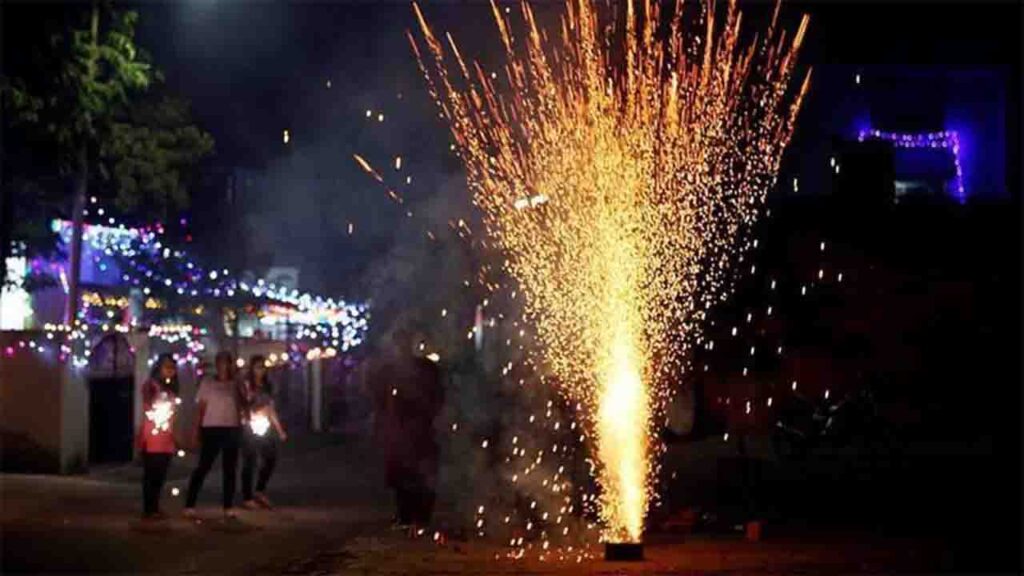India (Commonwealth Union)_ After the celebration of Diwali, an annual Hindu festival of light, the aftermath unfolded with a disconcerting revelation, marking three Indian cities among the ten most polluted in the world. Unsurprisingly, the capital, New Delhi, claimed the ignominious top spot with an alarming air quality index (AQI) of 420, categorizing it as ‘hazardous,’ as reported by the Swiss group IQAir. However, the gloom extended beyond Delhi, as Kolkata, situated in India’s eastern part, secured the fourth position with an AQI of 196, retaining a ‘poor’ air quality on the morning after Kali Puja and Diwali. Officials attributed this unfavorable situation not only to the preceding day’s firecracker revelry but also to prevalent weather conditions during this season, characterized by the persistence of small particulate matter in the air amid fog and smoke.
Also read: DIWALI 2023: WHICH COUNTRIES CELEBRATE DIWALI LIKE INDIA?!

Adding to the distressing scenario was Mumbai, the financial capital, occupying the eighth position in the global pollution ranking, marked by an AQI of 163. The city, shrouded in haze, experienced a decline in air quality to the ‘poor’ category following the Diwali celebrations, as reported by the System of Air Quality and Weather Forecasting and Research (SAFAR-India), which recorded an overall AQI of 234. The adverse health implications of such pollution levels were highlighted, indicating risks to both the general population and individuals with pre-existing health conditions. The hazardous impact extended to an AQI of 680 in New Delhi, where a thick layer of smog had settled since Sunday night, prompting concerns and underscoring the imperative for stringent measures.
Also read: UK’S FIRST COUPLE HOST DIWALI CELEBRATIONS AT DOWNING STREET!
Despite annual bans on firecrackers in the capital, enforcement remains sporadic. This environmental crisis is exacerbated by the annual deterioration in air quality across India preceding the winter, when cold air traps pollutants from various sources, including vehicles, industries, construction dust, and agricultural waste burning. Notably, the authorities in New Delhi deferred an earlier decision to restrict vehicle usage following a brief respite due to Friday’s rain. The local government intends to review this decision post-Diwali, contemplating potential interventions to mitigate the escalating pollution levels.
In an attempt to curb the environmental impact of Diwali celebrations, the Supreme Court mandated the use of eco-friendly green firecrackers across the country within specific time slots. Violators faced fines for bursting crackers outside the stipulated hours. The advisory permitted firecracker activity only between 6 am to 7 am and 7 pm to 8 pm. Despite these regulations, several cities nationwide awoke to polluted, haze-filled atmospheres, indicative of the enduring challenges posed by post-Diwali revelry on Sunday.








